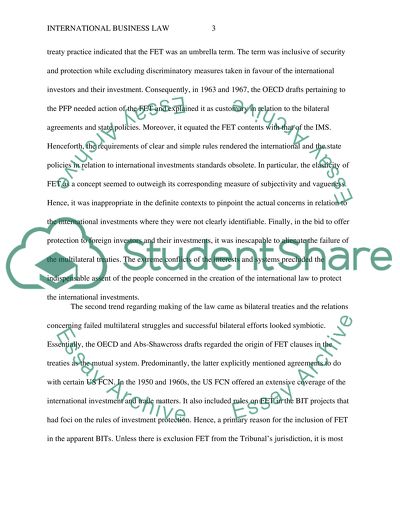Cite this document
(“International BusinessLaw (The Fair and Equitable Treatment standard Assignment”, n.d.)
Retrieved from https://studentshare.org/law/1693047-international-businesslaw-the-fair-and-equitable-treatment-standard-in-international-investment-law
Retrieved from https://studentshare.org/law/1693047-international-businesslaw-the-fair-and-equitable-treatment-standard-in-international-investment-law
(International BusinessLaw (The Fair and Equitable Treatment Standard Assignment)
https://studentshare.org/law/1693047-international-businesslaw-the-fair-and-equitable-treatment-standard-in-international-investment-law.
https://studentshare.org/law/1693047-international-businesslaw-the-fair-and-equitable-treatment-standard-in-international-investment-law.
“International BusinessLaw (The Fair and Equitable Treatment Standard Assignment”, n.d. https://studentshare.org/law/1693047-international-businesslaw-the-fair-and-equitable-treatment-standard-in-international-investment-law.


